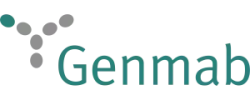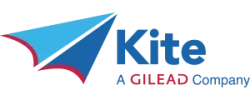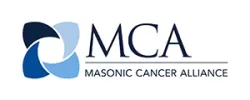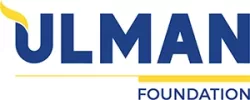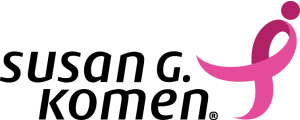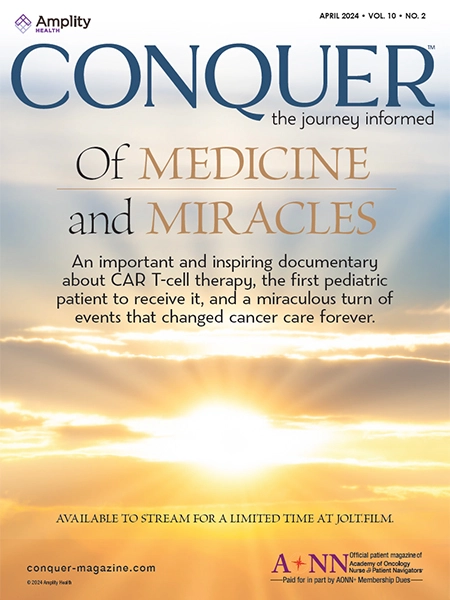Many of our members gathered in person in New Orleans for our 13th annual conference. Once again, we also offered the opportunity to attend virtually through our hybrid conference format. We were delighted that so many were able to join us in both meeting formats!
Remember, if you missed any of the powerful and informative sessions or would like to view them again, all of the meeting content (including the live chats) is archived and available to AONN+ members for an entire year.
Identifying and Addressing Implicit Bias
“Implicit bias hurts all of us,” said Stephanie L. Graff, MD, FACP, in this presentation, in which implicit bias was defined and identified, with an eye to arming healthcare providers with tools to avoid it. The presentation featured a number of studies and statistics as well as concrete suggestions that navigators can apply right away.
The term “implicit bias” is used to describe the attitudes and stereotypes we hold without our conscious knowledge. Thoughts and feelings are “implicit” if we are unaware of them or misidentify them. These biases are present in interactions with patients and colleagues. Types of bias include, but are not limited to, race, gender, sexual identity, disability, political beliefs, religion, weight, and age.
Physicians, navigators, nurses, and other “healers” have an obligation to recognize bias and to take active steps to counter it, Dr Graf maintained. Dr Graff enumerated some ways that implicit bias can harm patients. Citing recent studies, she noted that bias appears in the ways that patients are managed. For example, Black women have a 40% higher death rate from breast cancer than White women, and Black women under 50 are twice as likely to die from their disease as White women.
Bias also hurts individual colleagues and the effectiveness of organizations. Black female healthcare workers are 9 times more likely to live in public housing, 3 times more likely to use food stamps, and twice as likely to be uninsured or use Medicaid. They also make less than their White counterparts with approximately half of Black female healthcare workers earning less than $15/hour.
Confronting our own biases is necessary in order to offer patients the best care; this is partly because collective competence is improved by diversity. Some of the ways in which healers’ organizations can be actors in removing bias include engaging in the process of identifying implicit bias; creating diversity at every level in their organization; and establishing a system of meritocracy for equal pay, opportunity, support, and services among colleagues.
Healthcare providers can mitigate the damage caused by implicit bias, and Dr Graf discussed ways to do this. She suggested that individuals and organizations become educated about bias. One method to do this is by reading authors whose work interrogates bias. Organizations must become mindful of bias in all they do, from hiring to the programs they play on waiting room televisions, to the décor. “Just giving someone a seat is not enough. We must give everyone a voice,” she concluded.
Guided Dying
Dr Kerry Forrestal, MD, MBA, FACEP, author of Crushing Cancer – A Patient’s Complete Guide to Managing a Cancer Diagnosis, introduced a process that can be used to manage the last days and hours of a patient’s life. This process, which she called guided dying, actively involves the terminally ill patient in the dying process. It gives the patient agency in the decisions that are made at the end of life. It also helps the family come to terms with the death of their loved one. This process centers on creating a family-focused environment and an experience that emphasizes sharing the life’s story of the patient. It is also a way to embrace the joy they shared with the patient and to be a witness to their passing.
Guided dying not only provides a model to follow for the caregiver, the patient, and the family, it also is crucial in avoiding events for which no one is prepared or knows the wishes of the patient. It can help to ease any of the unexpected crises that may arise. To demonstrate, Dr Forrestal described a situation that she said was “about as bad a setup as you can have.” In this case, a middle-aged woman with stage IV cancer had been discharged from the hospital and was awaiting hospice care. She returned home, where her family was quickly overwhelmed by her care. When she suffered a seizure and a heart attack, the family was thrown into chaos in the face of these emergencies. As she did not have an advanced directive, this led to significant family conflict as they disagreed on what steps would be taken and the appropriate care plan. Dr Forrestal described a process to navigate this stress and upheaval. In the guided dying model, crises are anticipated and plans are laid for eventualities. It also opens a space in which the family can come together to celebrate their loved one, to be with them as they pass, and to attain a sense of closure.
Guided dying begins with gathering the family and gauging their emotional temperature, figuring out who is in charge, and identifying who may be relied on to help communicate with the rest of the family and just generally smooth the process. Changing the mood of the room is important. The caregiver can try to create a less charged atmosphere by lowering lights in the room, reducing noise, and finding seats for family members. Once everyone is comfortable, the caregiver can then focus the family on working together in the best interests of the patient. Redirecting anger and other negative feelings and centering the focus on the needs of the patient is crucial.
The caregiver should prepare the family members about the dying process and what they should expect in the final hours. It is important to explain the goal is not to hasten death, nor is it to prolong it, but it is to attend it. The caregiver should stay flexible and be prepared for the family to change their mind or for other situations to arise that will take their attention. By providing choices and managing the expectations of loved ones, it is possible to avoid chaos, anger, and other negative feelings at this difficult time and create an atmosphere in which loved ones can remember the joy they shared.
Making the Case for Navigation
In this presentation, Nicole Centers, MBA, BSN, RN, OCN, CBCN, CN‐BN, and Lindsey Reed, MBA, BSN, RN, OCN, ONN‐CG, addressed one of the situations that they encounter most frequently, that is, when people say, “Navigation is great and all but how do you pay for it?” As they demonstrated in this process-oriented session, building a business case is key to the successful implementation of a navigation program.
Creating and maintaining a navigation program requires stakeholders to approve an investment of funds and personnel. Additionally, stakeholders must buy into the success of the program; however, they may express resistance to devoting resources to a new and untested change. In order to secure the needed institutional support, it is crucial to communicate what benefits will accrue when such a program is added to a practice or health center.
An effective way to do this is by presenting a business case in which all the necessary information is collected in one cohesive package. As Ms Centers and Ms Reed explained, a business case is a written justification for undertaking a project. A strong and well-written business case will go a long way in demonstrating both the financial advantages and the possible positive effects on patient outcomes. An effective business case also anticipates and counters objections and concerns.
A business case is a tool to put the program in its best, while still realistic, light. It is intended to be presented to the internal and external stakeholders who will make the final determination as to the viability of the project. Typically, it contains individual sections addressed to specific topics. It begins with a rationale given in support of the proposed program. It should include an in-depth analysis of the benefits, the costs, and any risks that may be involved. It should also include the program objectives and a discussion of its strengths and weaknesses. A Community Needs Assessment and a Competitive Landscape study are often included as well.
The business case also includes a gap analysis. Ideally, this would define the current state of navigation or oncology programs; highlight best practices needed to move the program to the next level; determine how close the organization is to reaching the desired goal; evaluate the strengths and weaknesses of the program; define stakeholders; and finally, it should include an action plan that maps how the desired goals will be reached and next steps.
Other things to consider in the preparation of the plan include a list of additional investments that will need to be made, such as for software. It should address current and projected workflows and workspaces and personnel needs. A system (metrics) for measuring timeliness to care and patient and physician satisfaction needs to be created if one does not already exist.
The presenters offered several sources for further information and important points to consider when building the case.



